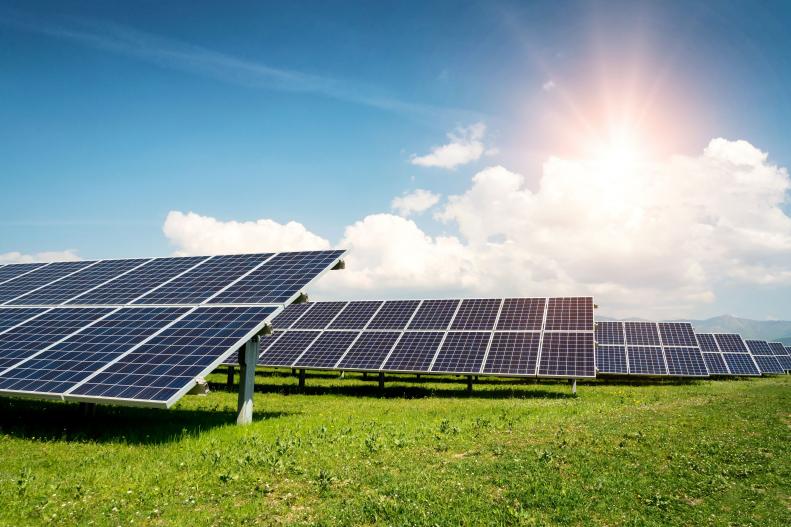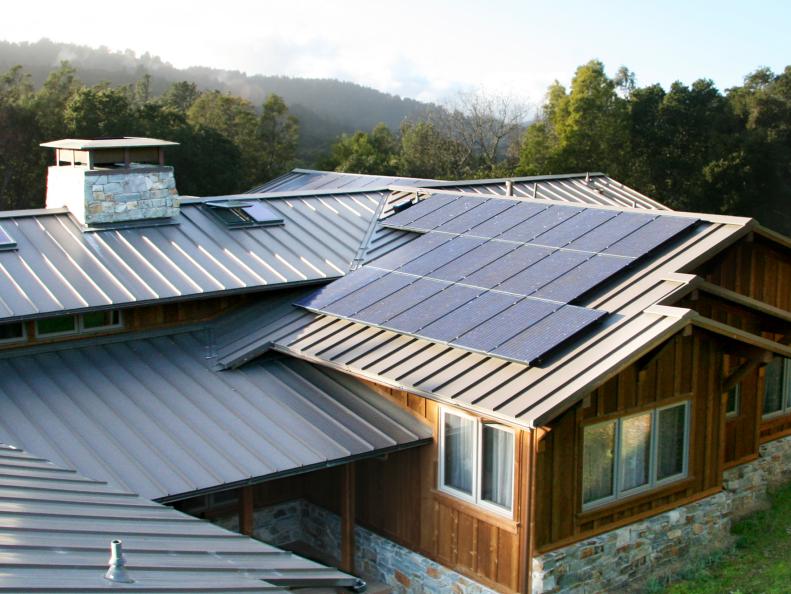The Latest Solar Technology
Solar is having its moment. Material and production costs are down, technology efficiencies are up and the labs are busy developing new products to dazzle us in the marketplace. Good-quality solar appliances are often pricey, but they also come with fantastic warranties — some of the best in the appliance world — and pay for themselves with utility bill savings because they work for free (or close to it). Generous solar incentives like the federal income tax credit (a whopping 30% from 2022 through 2032) are reducing upfront pricing on many solar products even more. With the cost of electricity on the rise, it’s the perfect time to consider how to incorporate solar into your household.
Photovoltaic (PV) power generation gets most of the attention, but it isn’t the only way to use the sun or plug into its savings. Instead of creating electricity, other solar technologies focus on reducing the need for it by using the sun to heat our air, heat our water and light our spaces. After all, the less electricity we use, the less we need to buy or make ourselves. Let’s look at several of the stars of solar savings.









